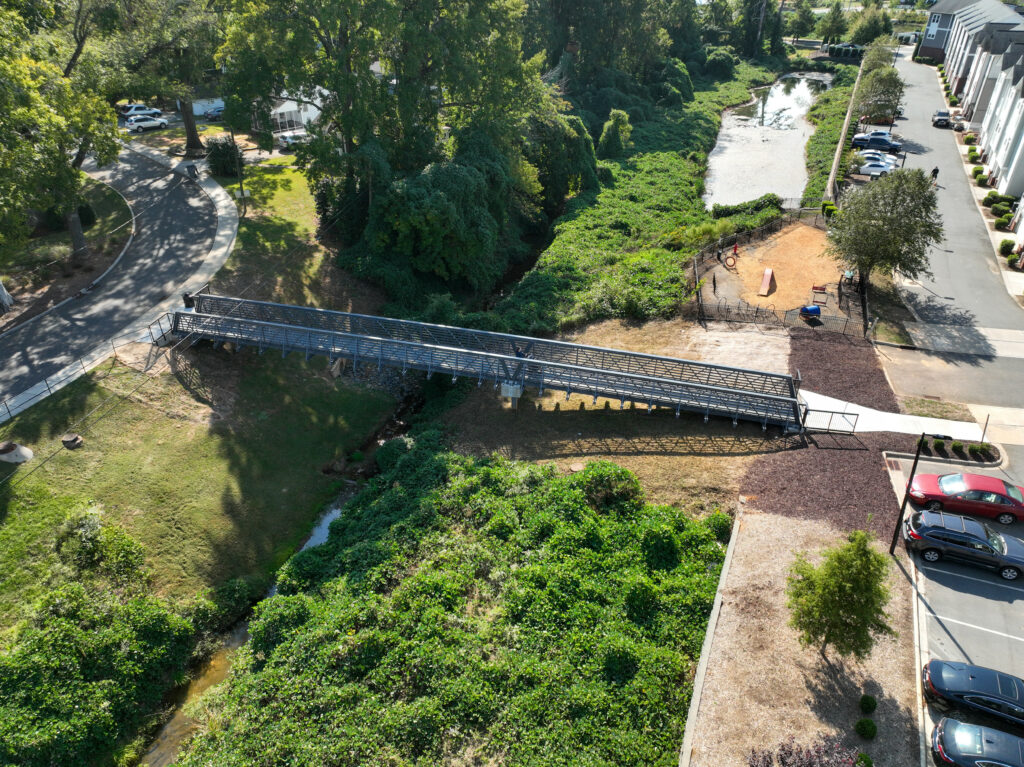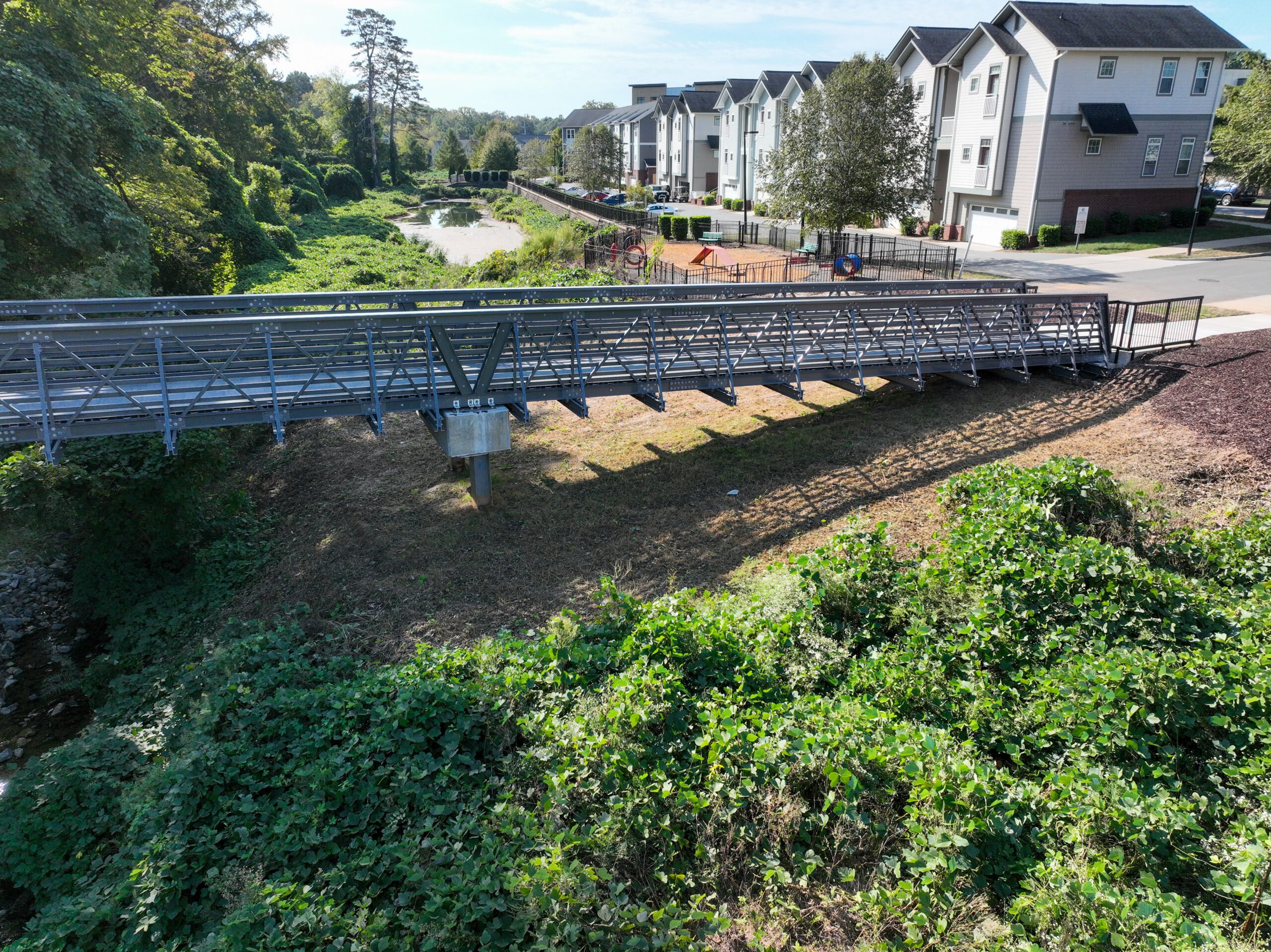Fiber Reinforced Polymer (FRP) is a composite material made up of a polymer matrix reinforced with glass. It is known for its exceptional strength-to-weight ratio, corrosion resistance, durability, and flexibility in design. FRP bridges have sparked a revolution in urban infrastructure, offering a host of benefits. Since urban landscapes are constantly evolving and trying to meet the growing population, the demand for efficient, durable, and aesthetically pleasing infrastructure is paramount. FRP bridges have emerged as a groundbreaking solution for connectivity in urban environments.
Advantages of FRP
Strength, Durability, and Longevity
FRP bridges have exceptional strength and durability. These bridges resist corrosion, rust, and degradation, ensuring minimal maintenance and a longer lifespan compared to traditional materials. In urban environments, where infrastructure is subject to heavy use and exposure to various elements, this durability is essential.
Lightweight Nature
FRP’s lightweight nature facilitates easier transportation, installation, and reduced load on supporting structures. In many cases, FRP bridge components can be carried in and assembled by a small team of workers so that heavy machinery is not needed. This feature not only simplifies the construction process but also enables innovative designs that enhance the aesthetic appeal of urban landscapes.
Sustainability
Reduced susceptibility to corrosion and wear means FRP bridges require minimal maintenance compared to traditional materials. In urban environments, where maintenance costs can be a significant burden on municipal budgets, this characteristic offers substantial long-term savings.
Adaptability and Design Flexibility
The versatility of FRP allows for intricate designs and customizable shapes and colors, contributing to the architectural beauty of urban areas. This flexibility in design fosters creativity, enabling engineers and architects to integrate these structures seamlessly into their surroundings.
Lyon Court Connector
Greenway Trail Projects in Mecklenburg County, North Carolina


Areté was contracted to design and manufacture the Lyon Court Connector, an FRP pedestrian/bicycle bridge that is part of the Greenway Trail Projects in Mecklenburg County, North Carolina. The Lyon Court Connector was built to connect adjacent neighborhoods that were isolated by geographical constraints in an urban area.
Design Choices
In an urban environment it is very important that the design choices complement and enhance the aesthetic appeal of the surrounding urban landscapes. One of the main design choices that Areté made to ensure that the FRP bridge matched the urban surroundings was to use a slate gray FRP material that matched the environment better than our standard olive-green material. Another benefit of the slate gray material is that it is made from a 525 series FRP which is beneficial in wildfire areas since it has an additional flame rating.
Other design choices that were significant to this project were the truss style, decking material, and bridge width. The 2- span continuous pony truss was chosen as the design style for aesthetics as well as strength. The client wanted a larger 8’ wide deck to allow for higher traffic flows. The decking was chosen to be Safplank FRP interlocking decking to provide a solid surface as well as increase the sustainability by reducing maintenance and upkeep costs.
Engineering Significance
To our knowledge, the Lyon Court Connector is the first continuous multi-span FRP pedestrian bridge in the United States. This Truss was made continuous to help increase the natural Frequency of the bridge which results in the bridge feeling less “bouncy” for pedestrians. This was a real benefit as the longest span measured over 71ft with an 8ft width.
Hiring Areté Structures
Areté Structures designs, manufactures, and delivers FRP prefabricated truss and I-beam bridges and boardwalks to the commercial and residential sectors. Contact us or visit our website to learn more about how we can connect your community in urban areas.

